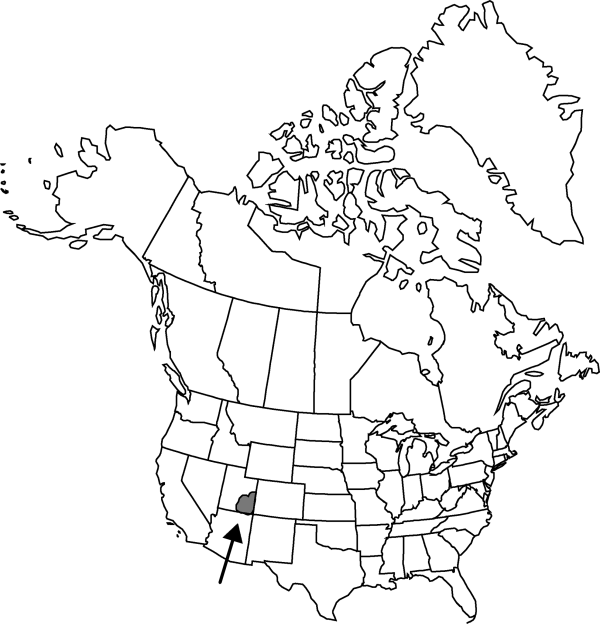Difference between revisions of "Atriplex garrettii var. garrettii"
FNA>Volume Importer |
imported>Volume Importer |
||
| (One intermediate revision by the same user not shown) | |||
| Line 43: | Line 43: | ||
|publication year= | |publication year= | ||
|special status= | |special status= | ||
| − | |source xml=https:// | + | |source xml=https://bitbucket.org/aafc-mbb/fna-data-curation/src/2e0870ddd59836b60bcf96646a41e87ea5a5943a/coarse_grained_fna_xml/V4/V4_741.xml |
|genus=Atriplex | |genus=Atriplex | ||
|subgenus=Atriplex subg. Pterochiton | |subgenus=Atriplex subg. Pterochiton | ||
Latest revision as of 22:00, 5 November 2020
Plants mostly 2–6 × 5–10+ dm. Leaves 9 or fewer on first flowering branch of current growth, alternate or proximal ones opposite or nearly so; petiole 2–6 mm; blade obovate to obovate-elliptic or orbiculate, 25–50 × 15–32 mm, margin entire or repand-dentate, apex rounded to acute. Staminate flowers dark brown to tan, or rarely yellow, in panicles mainly 2–8 cm. Pistillate flowers in spikes or spicate panicles 10–30 cm. Fruiting bracteoles sessile or on stipes to 7 mm, body 4-winged, 6–10 mm and wide, apical teeth 0.8–1.5 mm, wings denticulate, 3–4 mm wide.
Phenology: Flowering spring–fall.
Habitat: Shadscale, rabbitbrush, ephedra, eriogonum, blackbrush, and mixed shrub-grass communities on fine-textured substrates, talus slopes of canyons of the San Juan and Colorado Rivers
Elevation: 1100-1900 m
Discussion
This distinctive plant has been regarded as a portion of the variation within an expanded Atriplex canescens, with which it shares the feature of 4-winged, pistillate, fruiting bracteoles, but it is possibly more closely allied with A. confertifolia, with which it hybridizes. However, the plants simulate the growth form of the geographically contiguous A. gardneri var. cuneata, and possibly its affinity lies in that direction.
Garrett’s saltbush grows on slopes along the canyons of the Colorado and San Juan rivers, mainly rooted into the fine-textured saline substrates of the Chinle and Moenkop formations, with a thin mantle of sandstone detritus derived from Navajo and Wingate sandstones. Much of the habitat has been inundated by Lake Powell.
Selected References
None.
